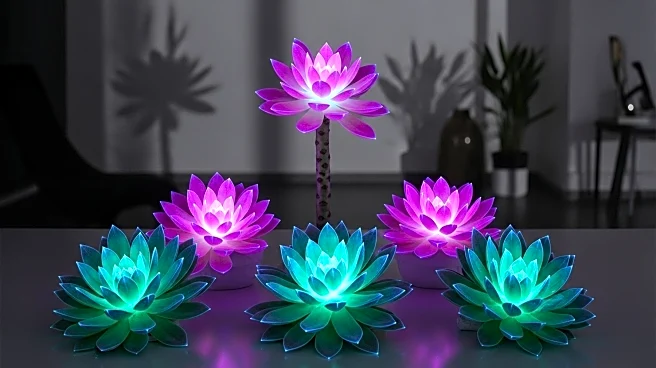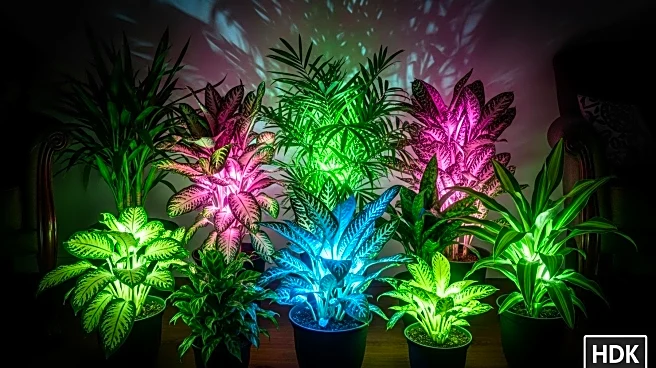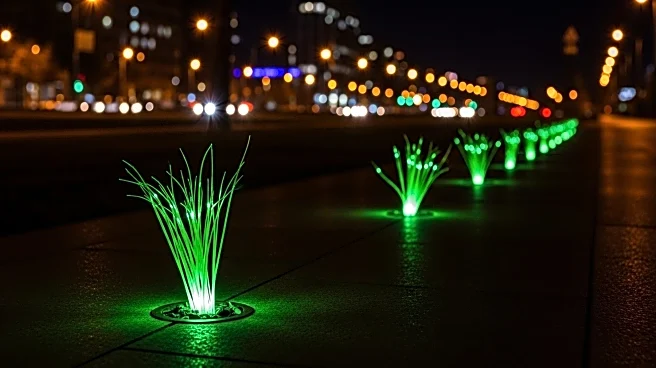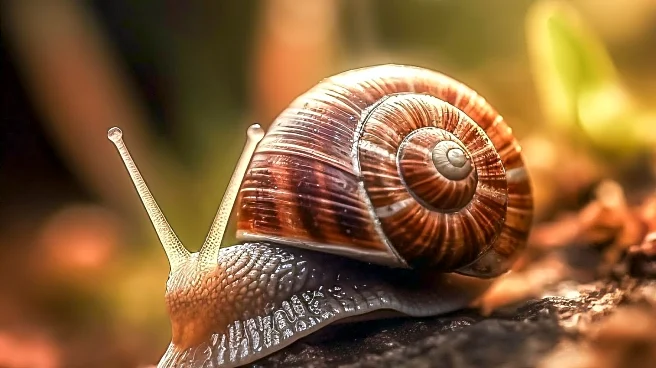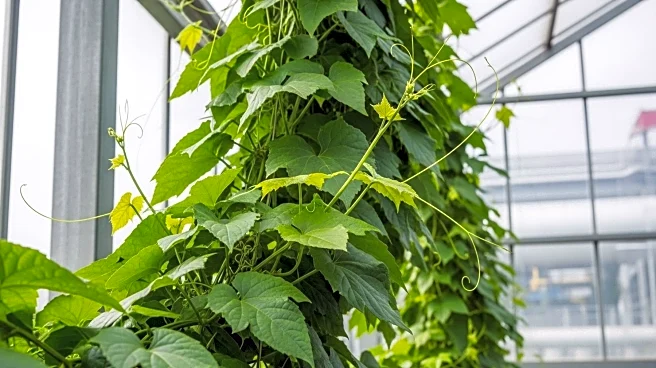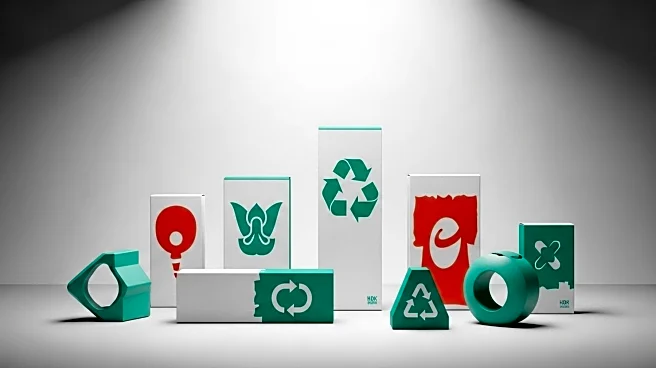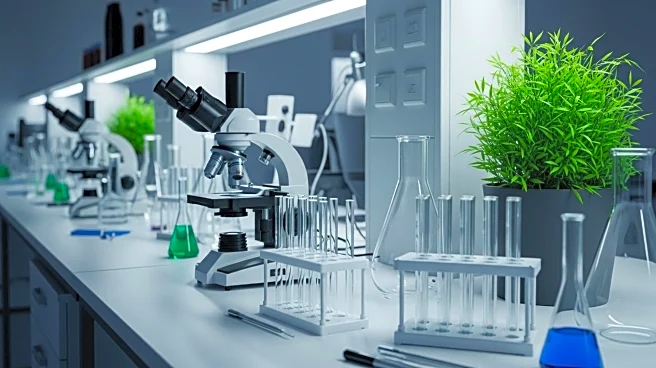What's Happening?
Researchers at South China Agricultural University have successfully engineered succulents that glow in the dark. This innovation involves injecting the plants with afterglow phosphor particles, similar to those used in glow-in-the-dark toys. The succulents can emit a gentle luminescence that can be recharged using sunlight, offering a potential low-cost and solar-powered lighting solution. The glow lasts for about two hours after recharging, and the researchers are working on improving its longevity. The succulents can glow in multiple colors, creating a rainbow effect, and the technique has shown promise in providing enough light to read by.
Why It's Important?
The development of glow-in-the-dark succulents represents a significant advancement in sustainable lighting solutions. By harnessing the natural structure of plants, this technology could reduce reliance on traditional electric lighting, offering an eco-friendly alternative. This innovation could benefit households and urban environments by providing aesthetically pleasing and energy-efficient lighting options. The ability to recharge the glow using sunlight further enhances its sustainability, potentially reducing energy consumption and costs associated with artificial lighting.
What's Next?
The research team plans to focus on extending the duration of the glow emitted by the succulents. Enhancing the longevity of the luminescence could make these plants more viable as a practical lighting solution. Future developments may include exploring other plant species and optimizing the particle size for better absorption and glow intensity. As the technology progresses, it could attract interest from environmentalists, urban planners, and consumers seeking sustainable and innovative lighting options.
Beyond the Headlines
This breakthrough raises questions about the integration of biotechnology with everyday life and its potential impact on urban design and environmental conservation. The use of glow-in-the-dark plants could transform public spaces, reduce light pollution, and promote biodiversity. Ethical considerations regarding genetic modification and its effects on ecosystems may also arise as this technology becomes more widespread.



